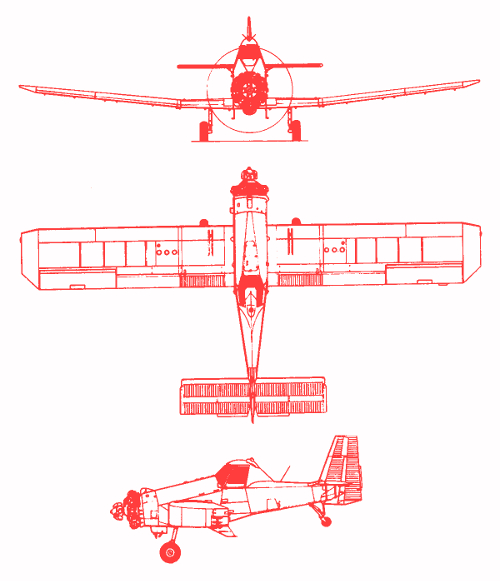New steps after tragic crash
 A coronial inquest has found proper safety inspections may have found serious flaws in a water-bombing aircraft that crashed and killed an experienced pilot in NSW.
A coronial inquest has found proper safety inspections may have found serious flaws in a water-bombing aircraft that crashed and killed an experienced pilot in NSW.
The aircraft was fighting a bushfire on the NSW south coast in October 2013 when it crashed, killing pilot David Black.
Deputy State Coroner Magistrate Derek Lee found no pilot error in the accident, describing Mr Black as “well-respected and highly regarded for his professionalism, fairness and work ethic”.
The modified M18 Dromader plane was flying 30 metres above the tree line in the Budawang National Park, loaded with fire retardant, when its left wing snapped off.
This sent the plane hurtling toward an “unsurvivable impact”, the coroner found.
The Australian Transport Safety Bureau’s review found corrosion pitting, or rust, had eaten away from the inner surface of the wing, where it attached to the fuselage.
“Fatigue cracks had formed in the lug at locations corresponding to the location of the corrosion pitting … when the crack reaches a critical size the remaining material is unable to withstand the applied stress and … rapidly fractures,” the coroner said.
The plane had been inspected 11 weeks beforehand.
The Federal Aviation Authority requires magnetic particle inspections are used to detect corrosion and cracking in wing attachment fittings, but the court has heard Mr Black's plane was inspected using a less sensitive procedure that is not approved by the Civil Aviation Safety Authority (CASA).
“Was the August 2013 inspection adequate? The answer to this question is, simply put, no,” the coroner said.
“The use of the eddy current method during the inspection was unauthorised and did not comply with the mandatory requirements of the CASA.”
Fatigue cracking and corrosion pitting were both present, but not detected during the inspection.
Additionally, the fact that the plane’s wings were not removed during the safety check “meant that the August 2013 inspection was inadequate”.
He recommended that M18 Dromader Aircraft variants have their wings removed during inspections.
He also said CASA should include ‘time in service’ figures in maintenance checks.
“It is done by relying not only on actual flight hours, but by also taking into account factors such as the speed at which an aircraft operates and the weight of loads that the aircraft carries,” he said.
The coroner said maintenance schedules would then be able to take ‘fatigue damage’ into account, and retire planes sooner when necessary.
“Such improvements would, no doubt, be an important and meaningful outcome to emerge from the tragedy of David's death,” he said.







 Print
Print